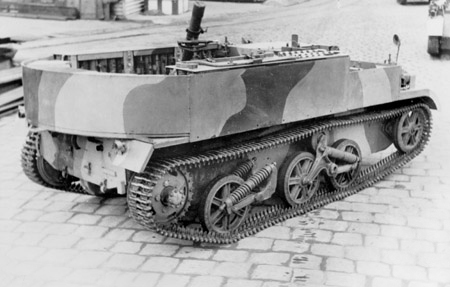The British Universal Carrier – Even Used by the Germans!
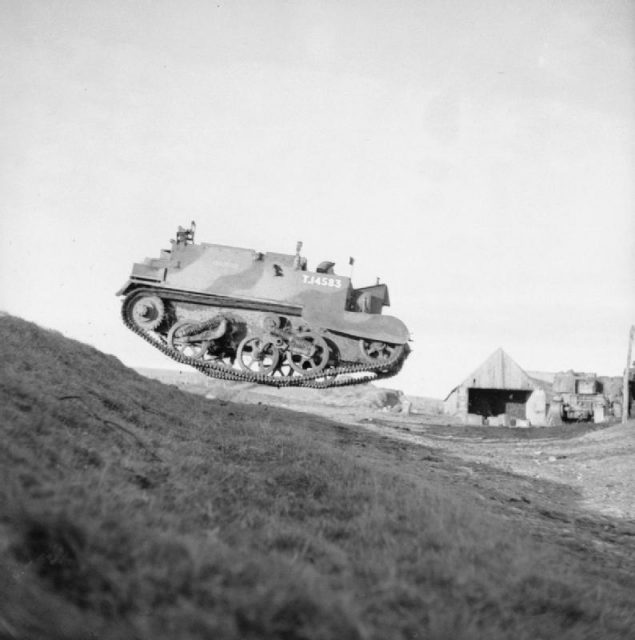
The Universal Carrier started out in the 1930s as a development by Vickers-Armstrongs to provide a lightweight, highly mobile tracked vehicle capable of carrying a machine gun or towing a field gun. The design used was based on earlier 1920s tankette designs like the Carden-Loyd Mk VI.
Starting production in 1934 as the Universal Carrier, now more commonly known as the Bren Gun Carrier, it was a versatile, adaptable vehicle that would be used by many nations around the world during its career, with production finally ceasing in 1960.
It was originally intended to be an armored transport vehicle that could carry troops, cargo or pull trailers and guns into battle. It was to also be used as a light reconnaissance vehicle.
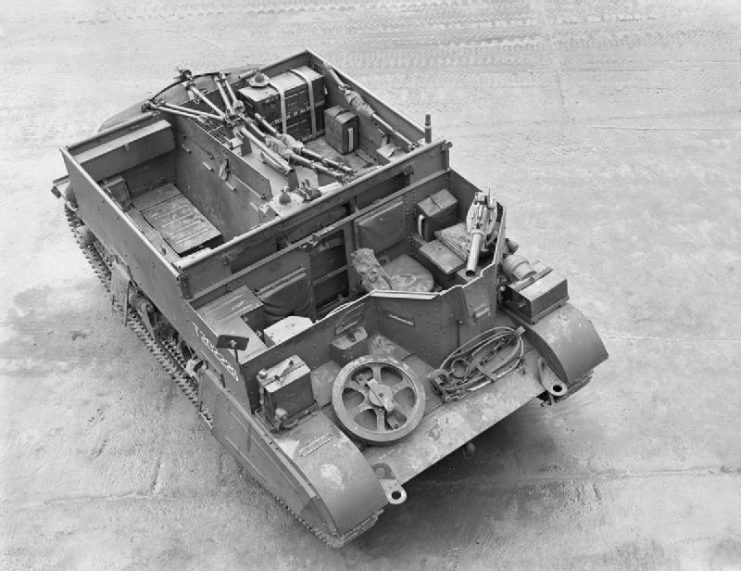
However the Bren Gun Carrier would prove to be much more useful as a support vehicle than a cargo one. Its Bren gun could be deadly to enemy troops, while other version fitted with a PIAT, Boys anti-tank rifle or 2 inch mortar could provide heavier fire support.
The Carrier was notable for its unique steering system. For tight corners, slowing or speeding the tracks were necessary like in any other tracked vehicle, but for gentle curves, the track itself would bend, causing the vehicle to steer in a chosen direction. This was done by a bar connecting both front bogies on each side of the vehicle. When the driver turned the steering wheel, the bar would push or pull the bogies, bending the track and causing the vehicle to steer. After a certain amount of steering wheel rotation, more conventional track slowing and speeding were used.
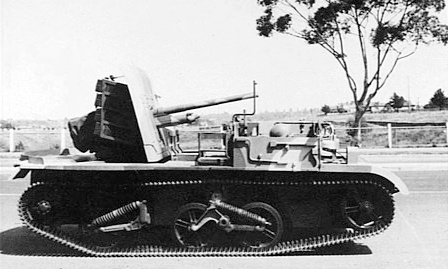
Its brilliant mobility and speed were appreciated by all who used it. Only weighing around 3 tons, its 85 hp 3.9 L Ford flathead V8 could get it to a speed of around 30 mph.
The Bren Gun Carrier was produced in massive numbers, and was supplied to all Commonwealth armies, as well as the Soviet Union under the Lend Lease programme. The large amount in circulation meant many inevitably fell into German hands, where they were also used extensively.
The Germans were familiar with the capture and re-use of enemy vehicles, and had been doing so since WWI. In fact, at the end of WWI, Germany had more captured tanks than their own. The “Beutepanzer” (captured tank) practise allowed them to study enemy designs, and bolster their stocks of equipment.
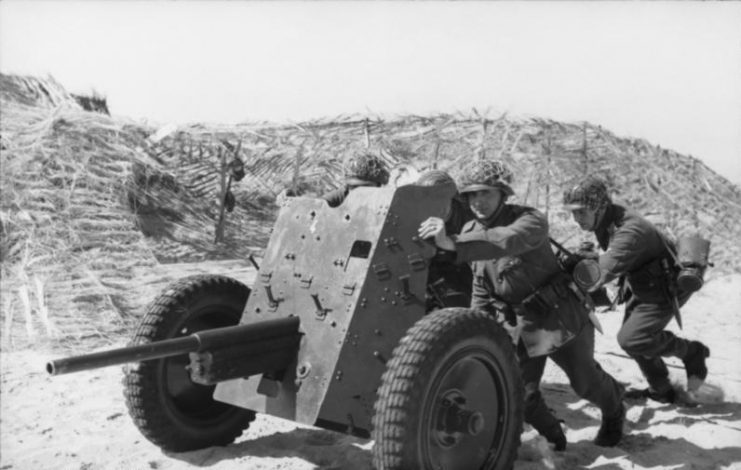
The huge amounts of territory gained by Germany early in the war meant they had plenty of captured vehicles. They were mostly used in secondary roles like training or police duties.
The Germans tried increasing the firepower of the Bren Gun Carrier by first adding a 3.7 cm PaK 36 anti-tank gun known as the ‘door knocker’. This attempt failed as the gun shield offered minimal protection for the crew, while the 3.7 cm gun was becoming ineffective against newer tanks.
Later, they made adjustments to improve the Universal Carrier, focusing on the anti-tank role of the vehicle given it was small, lightweight, and had a good turn of speed.
Other versions of the Universal Carrier went a step further. As well as providing more cover for the crew, the vehicles were fitted with a number of captured British 2pdr Mk.IX, French 25mm SA-L Mle, and Austrian 47mm AT guns, which had been seized from the Dutch.
Although these versions proved to be more effective, they were still mainly used for training and patrol purposes in the rear.
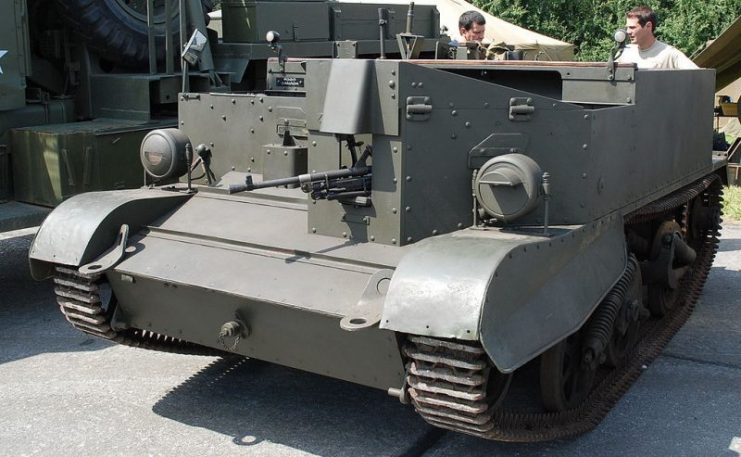
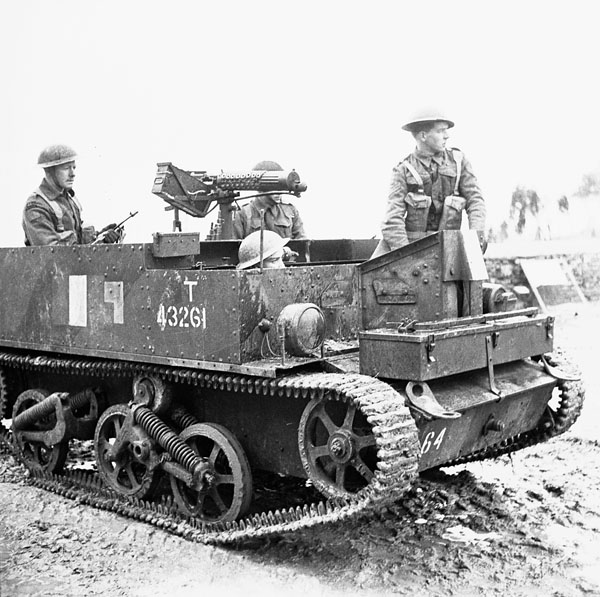
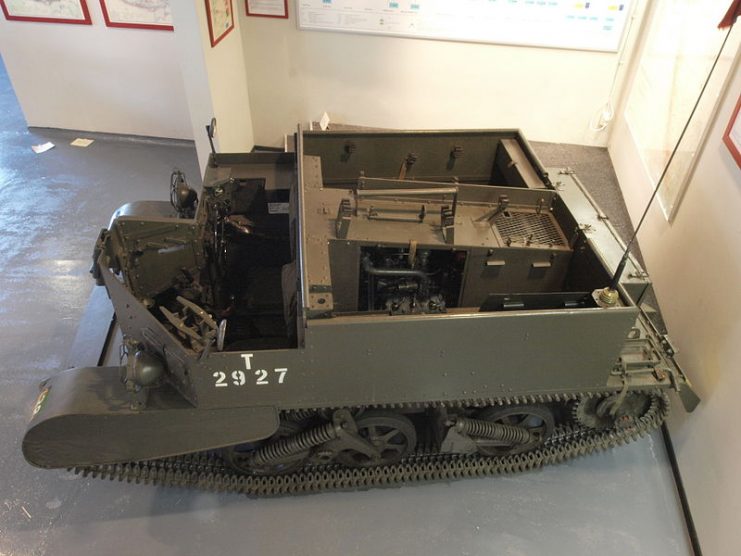
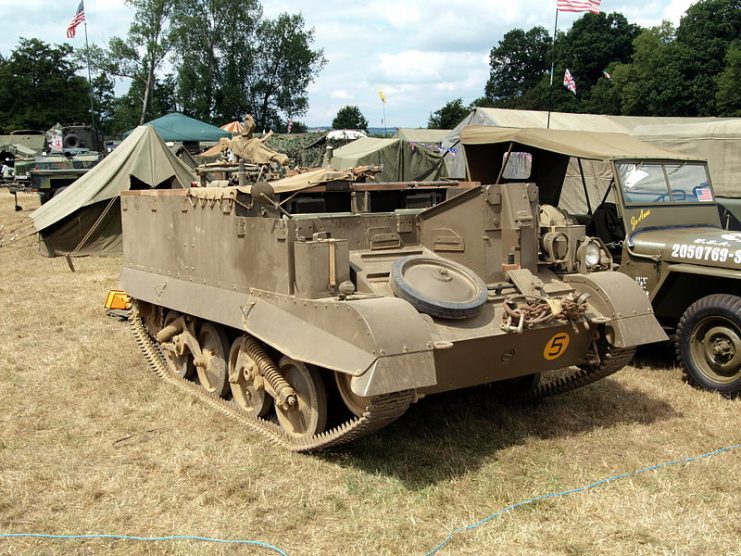
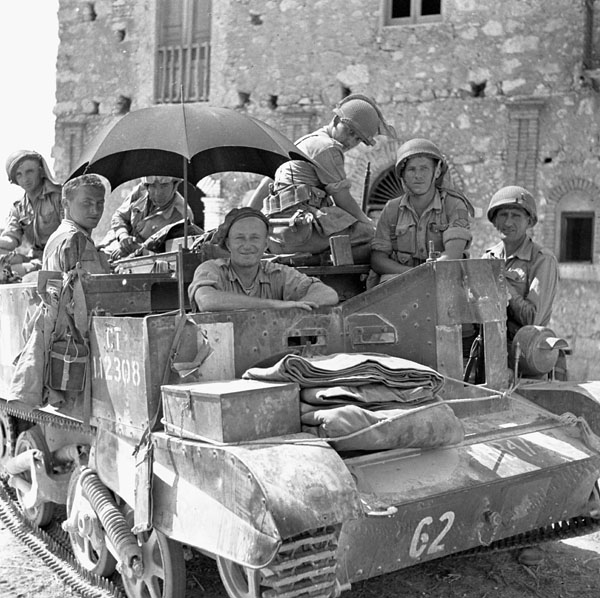
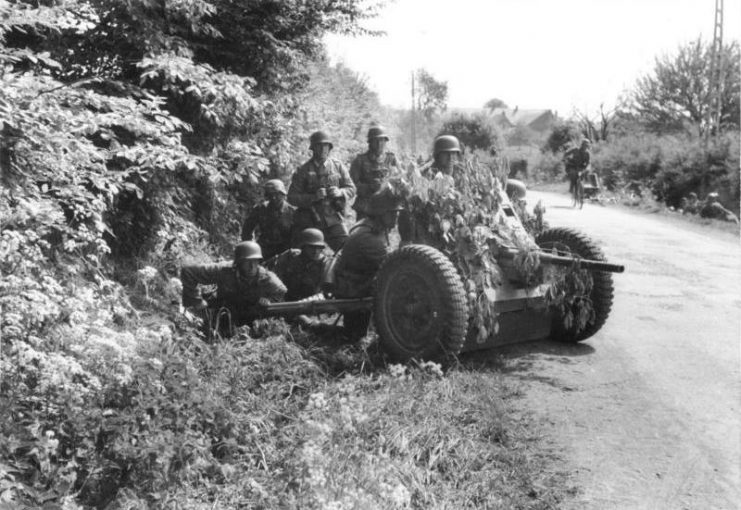
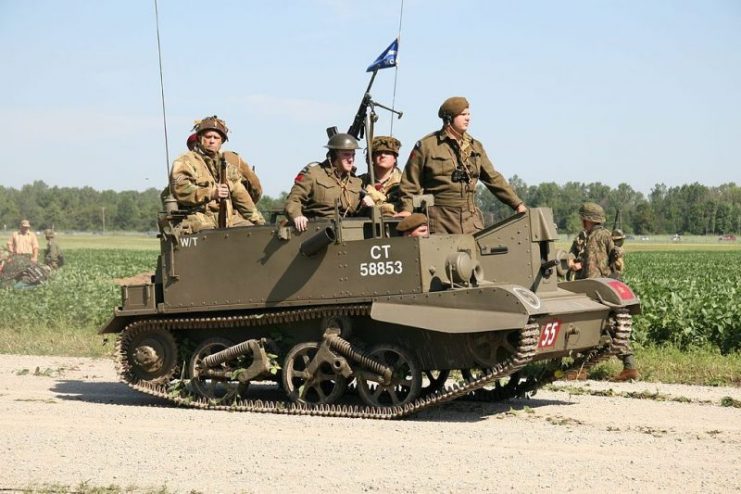
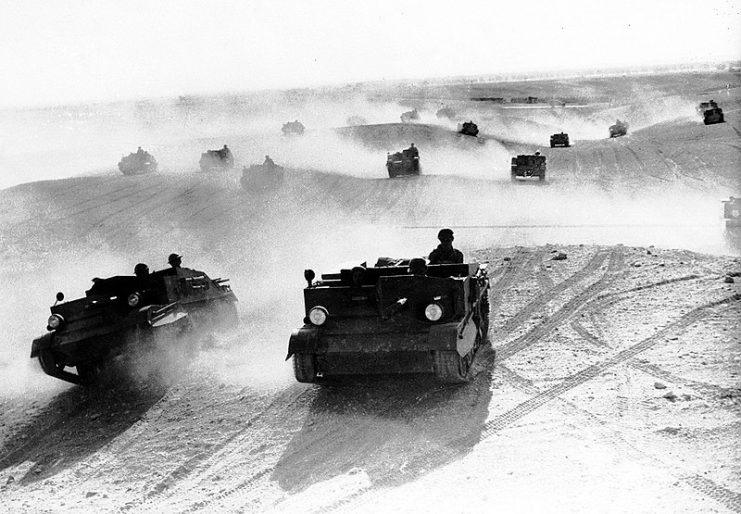

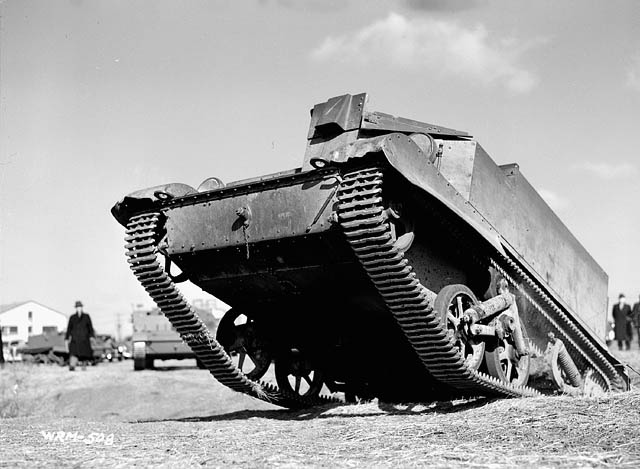
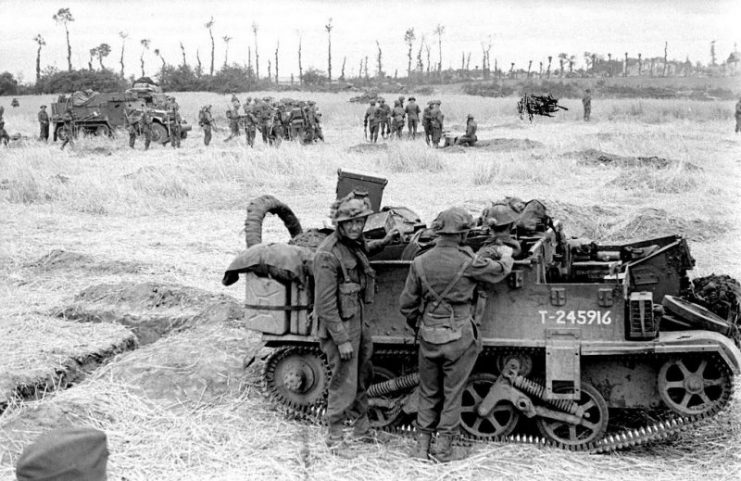
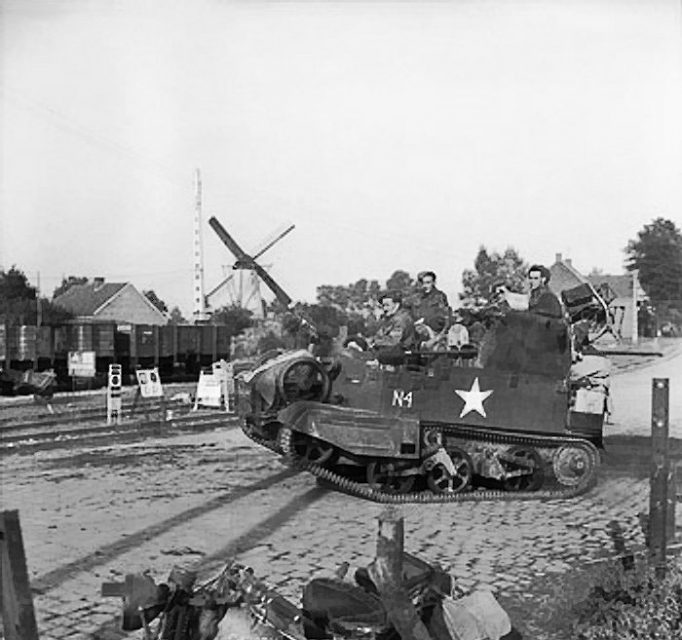
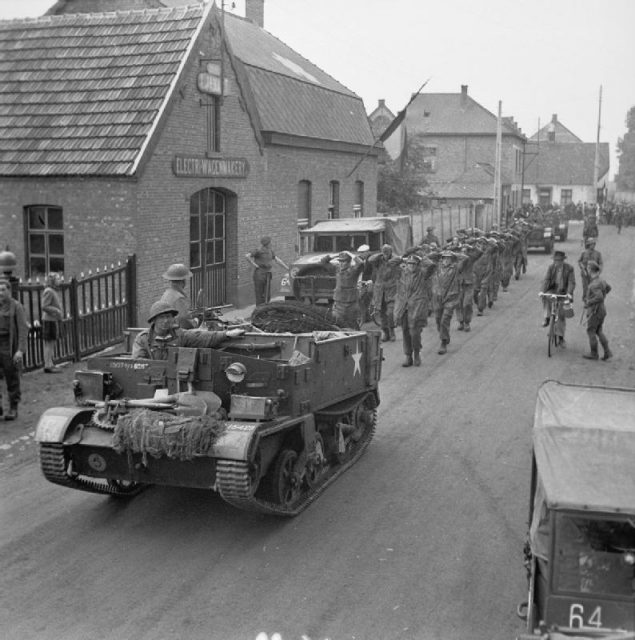
Another Article From Us: Heavy Tank T29 – The US’s Intended Answer to the King Tiger
